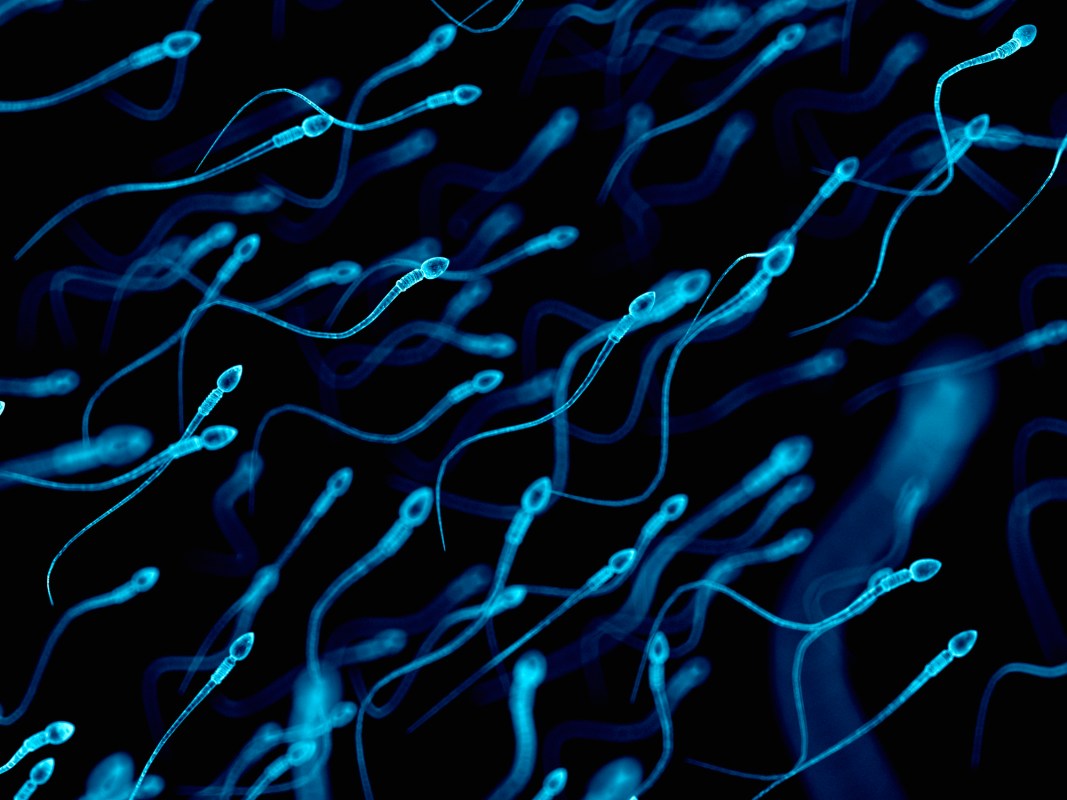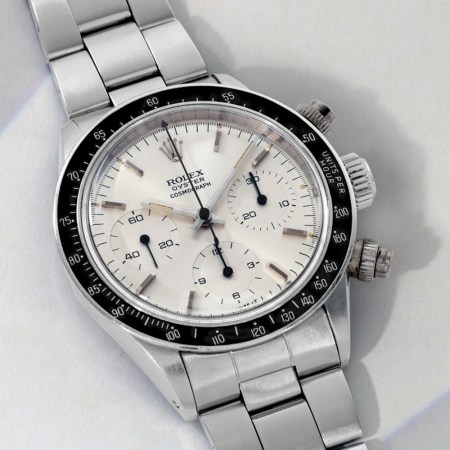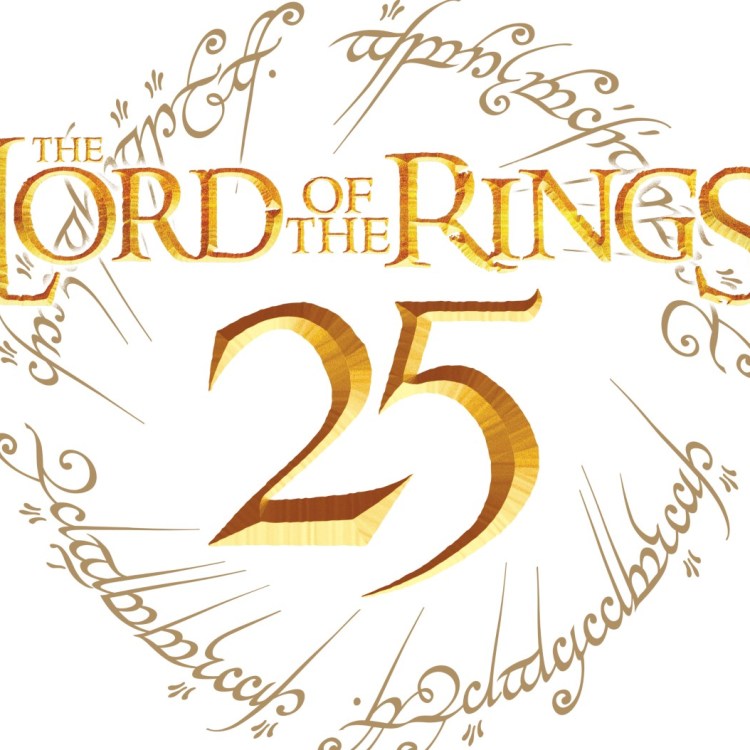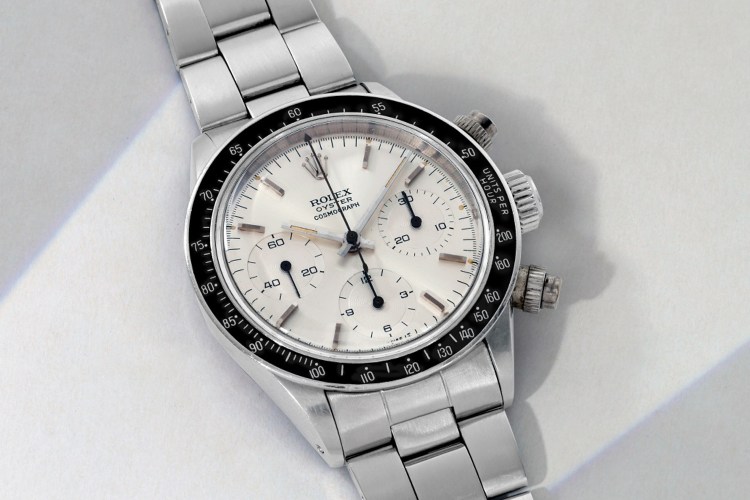Last week, SpaceX launched CRS-14, which was carrying 5,800 pounds worth of tools, food, equipment and science experiments. Included in that load was human and bull sperm, reports Smithsonian Magazine. The crew at the International Space Station plans on thawing the sperm and investigating how it acts in zero gravity situations. According to a press release from NASA, the experiment — called Micro11 — is designed to see if human reproduction can happen in outer space and see if processes we can’t see on Earth will be revealed when there is no interference from gravity.
“Previous experiments with sea urchin and bull sperm suggest that activating movement happens more quickly in microgravity,” NASA writes in the release, “while the steps leading up to fusion happen more slowly, or not at all. Delays or problems at this stage could prevent fertilization from happening in space.”
For the latest experiment, humans will thaw the sperm (from 12 humans and six bulls) and use a chemical to activate half the samples. They will video the sperms’ movement using a microscopic camera and then will preserve the sperm for scientists on the ground to analyze. Bull sperm is much more uniform than human’s in motion and appearance and so the researchers will use the bull sperm as quality control to make sure they can detect any small changes in both types.
Thanks for reading InsideHook. Sign up for our daily newsletter and be in the know.


















